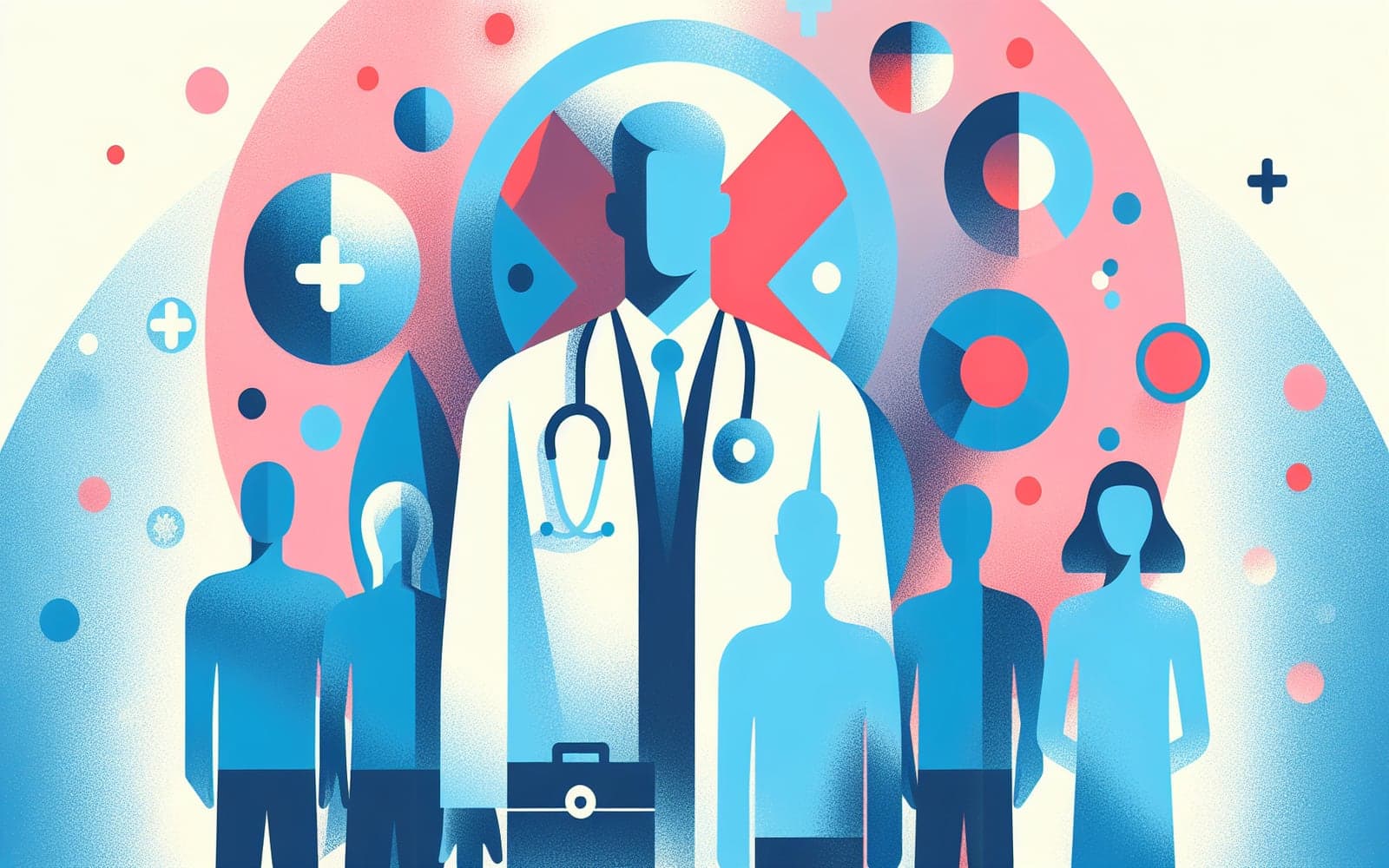The Essential Guide to Managing HIV Exposure at Work
Published: Apr 04, 2024
Managing HIV exposure in the workplace is crucial to ensure safety and legal compliance. This guide outlines the necessary steps to take following an exposure incident.
Contents
Immediate Actions to Take
After potential exposure to HIV, it's imperative to immediately cleanse the affected site with soap and water. For eye exposures, a saline rinse is recommended. These prompt actions are key to minimizing the risk of transmission.
Institutional Policies
Every health care institution should have clear policies for managing exposure incidents. These guidelines should be easily accessible and comply with Occupational Safety and Health Administration (OSHA) regulations. Employees must be well-informed of these procedures.

Counseling and Follow-Up
Following exposure, counseling the affected worker is essential. They should be informed of the risks and the benefits of post-exposure prophylaxis (PEP). Regular follow-up ensures adherence to PEP and checks for any potential adverse effects.
Frequently Asked Questions
Clean the affected area with soap and water or saline for eyes.
They ensure compliance with safety regulations and provide a clear action plan.
Yes, to inform about risks and the benefits of PEP.
It ensures adherence to PEP and monitors for adverse effects.
Key Takeaways
Effective management and clear guidelines are vital to handle HIV exposure incidents safely.
References
- Centers for Disease Control and Prevention. Hand Hygiene Guidance.
- Updated U.S. Public Health Service guidelines for the management of occupational exposures to HIV.
This article has been reviewed for accuracy by one of the licensed medical doctors working for Doctronic. Always discuss health information with your healthcare provider.
AI Doctor Visit Required
Appointments available 24/7
15-min consultation. No hidden costs.
AI Doctor Visit Required
For safety reasons we have been forced to end this consultation.
If you believe this is a medical emergency please call 911 or your local emergency services immediately.
If you are experiencing emotional distress, please call the the Suicide & Crisis Lifeline at 988 or your local crisis services immediately.
Contact us
You can also email us at help@doctronic.ai
We aim to reply within 5-7 days
How likely are you to recommend Doctronic to friends or family?


